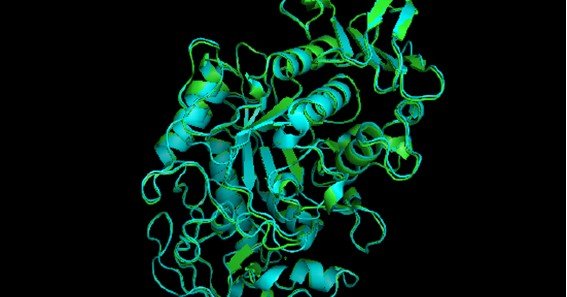Are you curious to know what is the substrate for amylase? You have come to the right place as I am going to tell you everything about the substrate for amylase in a very simple explanation. Without further discussion let’s begin to know what is the substrate for amylase?
What Is The Substrate For Amylase?
Amylase is an enzyme that plays a critical role in the digestion of carbohydrates. It is produced by the pancreas and salivary glands and works by breaking down complex carbohydrates into simple sugars. In this blog post, we’ll explore the substrate for amylase and how it affects the enzyme’s activity.
The substrate for amylase is starch, a complex carbohydrate made up of long chains of glucose molecules. When starch is present in the digestive system, amylase is secreted to break it down into smaller molecules, such as maltose and glucose. These smaller molecules can then be absorbed by the body and used for energy.
The activity of amylase is influenced by a number of factors, including the concentration of the enzyme, the temperature, and the pH of the environment. However, the substrate for amylase is perhaps the most important factor in determining its activity.
Amylase is a type of enzyme called a hydrolase, which means that it breaks down large molecules into smaller ones by adding water molecules. In the case of starch, amylase works by hydrolyzing the alpha-1,4-glycosidic bonds between the glucose molecules. This process results in the formation of smaller glucose molecules, which can then be absorbed by the body.
The activity of amylase on starch can be measured using a variety of methods, including colorimetric assays and gel electrophoresis. These techniques allow researchers to study the kinetics of the enzyme, including its rate of reaction and the effects of various inhibitors and activators.
In conclusion, the substrate for amylase is starch, a complex carbohydrate made up of long chains of glucose molecules. Amylase works by breaking down these chains into smaller molecules, such as maltose and glucose, which can be absorbed by the body. Understanding the substrate for amylase is critical for understanding the digestive process and for developing treatments for disorders such as pancreatitis, which can affect the production and activity of this important enzyme.
On GetDailyBuzz you will get to know beneficial information which required in your daily life.
Click here – What Is A Sneaker Ball Party?
FAQ
What Are The Substrates And Products Of Amylase?
Amylases digest starch into smaller molecules, ultimately yielding maltose, which in turn is cleaved into two glucose molecules by maltase.
What Is The Substrate For Amylase Quizlet?
The substrate of amylase is starch and carbohydrate. The subunit product of amylase is maltose and glucose.
Is Amylase A Substrate Or Enzyme?
Amylases are a class of enzymes that catalyze the hydrolysis of starch into sugars such as glucose and maltose (Sundaram and Murthy, 2014).
What Is The Substrate Of Amylase And Starch?
1 Answer. For amylase, the substrate is amylose and amylopectin which are the components of the starch mixture, and for maltase, it is the maltose sugar that is the substrate.
Click here – What Is Call And Text On Other Devices?
I Have Covered All The Following Queries And Topics In The Above Article
What Is The Substrate Name For Amylase
What Is The Substrate For The Enzyme Amylase
What Is The Substrate For Amylase And Lipase
What Is The Substrate For Salivary Enzyme Amylase
What Is The Product For Amylase
Substrate Of Amylase And Lipase
Substrate Of Lipase
Substrate Of Pancreatic Amylase
Amylase Substrate And Product
What Product Results From The Action Of Amylase On Its Substrate
Pepsin Substrate
Pancreatic Amylase Product
What Is The Substrate For Amylase
What is the substrate of enzyme amylase?

